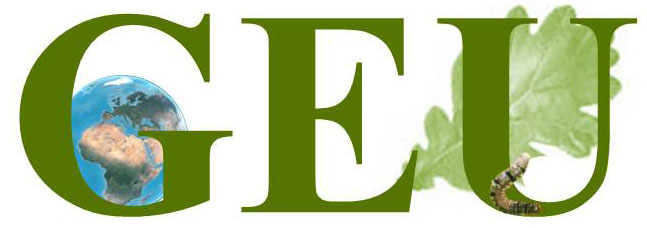
According to a new study published in the journal Trends in Ecology and Evolution, changes in the production of PSCs can lead to unforeseen consequences for soil structure and function and can disturb biological feedbacks on soil chemistry and biology, perhaps even on atmospheric chemistry and climate. Figure: © Trends in Ecology and Evolution, 2020.
Secondary compounds (PSCs ) in plants (formed from primary metabolites in specific pathways) are major contributors to the chemical diversity of nature.. The distribution of PSCs is heterogeneous across the plant kingdom, and these compounds exhibit extensive variation both among and within species. Knowledge of the effect of PSCs on belowground interactions in the more diffuse community of species living outside the rhizosphere is sparse compared with what we know about how PSCs affect aboveground interactions.
In a new study published in the journal Trends in Ecology and Evolution authors illustrate that PSCs from foliar tissue, root exudates, and leaf litter effectively influence such belowground plant–plant, plant–microorganism, and plant–soil invertebrate interactions.
The study shows that soil is a theater of facilitation, symbiosis, and warfare deployed by plants and the various organisms living in it, and PSCs have a major role mediating many of these interactions. Plants and soil organisms have adapted to withstand, detoxify, or use the cocktail of PSCs originally meant to harm some of them. ”Therefore, understanding PSC-mediated relationships at the community scale and identifying the compounds involved in these interactions is important for better insight into the functioning of these systems and their evolution, especially in changing environments” said Dr. Bodil K. Ehlers from Aarhus University, Denmark
According to the study climatic factors can induce PSC production and select for different plant chemical types. “Therefore, climate change can alter both quantitative and qualitative PSC production, and how these compounds move in the soil. This can change the soil chemical environment, with cascading effects on both the ecology and evolution of belowground species interactions and, ultimately, soil functioning” said Prof. Josep Penuelas from CREAF-CSIC Barcelona.
“We encourage the creation of open, community-wide, curated, labeled, broad-spectrum PSC data sets across plant species and soils, because this would greatly increase the transfer of knowledge between scientists studying plants, microbes, and invertebrates in this biological belowground theatre” added Prof. Josep Penuelas from CREAF-CSIC Barcelona.
.Reference: Ehlers, B.K., Berg, M.P., Staudt, M., Holmstrup, M., Glasius, M., Ellers, J., Tomiolo, S., Madsen, R.B., Slotsbo, S., Penuelas, J. 2020. Plant Secondary Compounds in Soil and Their Role in Belowground Species Interactions. Trends in Ecology & Evolution, doi: 10.1016/j.tree.2020.04.001.
